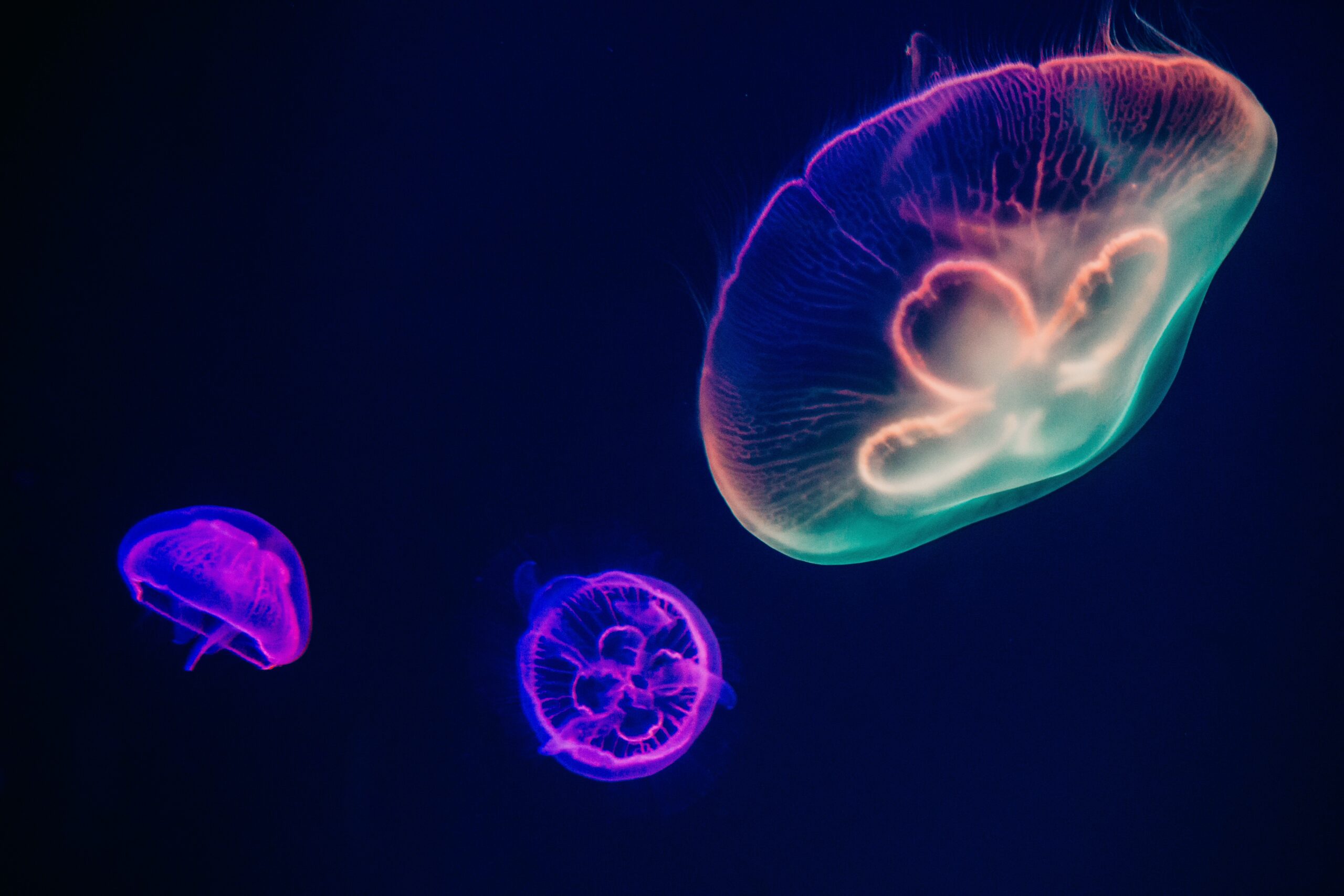TechBytesNews Insights: Deep Learning and Neural Networks Demystified
I. Introduction
In the modern-day unexpectedly evolving tech industry, deep learning and neural networks have emerged as powerful gear which are revolutionizing various fields. From image recognition and herbal language processing to self-reliant automobiles, those technologies are shaping the destiny of AI. However, know-how the intricacies of deep getting to know neural networks can be difficult, with complex ideas and terminologies often growing barriers to entry. That’s why this weblog objectives break down those concepts into easy phrases, imparting you insights into the arena of deep learning and neural networks.
II. Understanding Deep Learning

A. Definition and Overview of Deep Learning
Deep gaining knowledge refers to a subset of systems gaining knowledge that leverages artificial neural networks to technique and study from substantial quantities of statistics. It involves the construction of a couple of layers of interconnected neurons, enabling the model to mechanically extract meaningful capabilities and make correct predictions.
B. The Role of Artificial Neural Networks
Artificial neural networks are the building blocks of deep gaining knowledge. Inspired by the structure of the human brain, those networks consist of interconnected nodes, or neurons, that transmit and system records. By mimicking the mind’s ability to analyze and adapt, neural networks enable deep mastering fashions to carry out complicated tasks.
C. Key Components of Deep Learning Models
- Input Layer: The enter layer receives records and passes them to the subsequent layers for processing. It represents the functions or attributes of the facts.
- Hidden Layers: Hidden layers are the intermediate layers between the enter and output layers. They extract and remodel the information thru a sequence of mathematical operations.
- Output Layer: The output layer offers the final predictions or classifications primarily based on the processed information from the hidden layers.
D. Training Deep Learning Models
- Backpropagation Algorithm: Backpropagation is an algorithm used to educate deep mastering fashions. It calculates the gradient of the model’s errors with appreciation to its parameters, permitting the model to alter its weights and biases to reduce the mistake.
- Gradient Descent: Gradient descent is an optimization method that accompanies the backpropagation algorithm. It updates the model’s parameters in the direction of the steepest descent of the mistake characteristic, regularly improving the version’s overall performance.
- Optimization Techniques: Various optimization techniques, inclusive of stochastic gradient descent (SGD), Adam, and RMSprop, are hired to decorate the schooling process and boost convergence.
III. The Basics of Neural Networks
A. Introduction to Neural Networks
Neural networks are computational models that mimic the behavior of the human brain. They encompass interconnected layers of neurons, each performing precise computations at the enter statistics to generate significant output.
B. Neurons: The Building Blocks of Neural Networks
Neurons are the essential devices of neural networks. Each neuron gets inputs, applies a metamorphosis to them use of weights and biases, and produces an output. These outputs function as inputs for the next neurons, creating a flow of information through the community.
C. Activation Functions and their Significance
Activation functions introduce non-linearity into neural networks, enabling them to examine complicated styles and make nonlinear predictions. Popular activation functions encompass sigmoid, ReLU, and tanh, each with its very own traits and programs.
D. Forward Propagation in Neural Networks
Forward propagation is the technique through which information flows through a neural network, from the input layer to the output layer. It includes making use of the activation function to the weighted sum of inputs at every neuron, in the end generating the network’s final output.
IV. Deep Learning Applications
A. Image Recognition and Computer Vision
Deep studying has revolutionized image popularity and pc vision obligations. Convolutional neural networks (CNNs) excel at detecting styles and gadgets in pictures, allowing applications that include facial recognition, object detection, and self-sufficient riding.
B. Natural Language Processing (NLP) and Language Translation
Natural language processing, a department of AI, leverages deep getting-to-know strategies to the system and understand human language. Deep getting-to-know fashions like recurrent neural networks (RNNs) and transformers have paved the way for improvements in gadget translation, sentiment evaluation, chatbots, and extra.
C. Speech Recognition and Voice Assistants
Deep studying models, which include recurrent neural networks and convolutional neural networks, were instrumental in developing accurate speech popularity structures. These fashions enable voice assistants like Siri, Alexa, and Google Assistant to recognize and respond to spoken commands.
D. Recommender Systems
Deep mastering-based recommender systems leverage person information and deep neural networks to offer personalized recommendations. By reading person’s behavior, choices, and similarities, those systems beautify user studies on structures such as e-commerce websites and streaming offerings.
E. Autonomous Vehicles
Deep gaining knowledge of performs an essential function in the improvement of independent cars. Through computer vision, sensor fusion, and deep reinforcement learning, those cars can perceive their environment, make selections, and navigate complicated environments effectively.
V. Challenges and Limitations of Deep Learning

A. Overfitting and Underfitting
Overfitting occurs whilst a deep learning model plays nicely on education information but fails to generalize to new, unseen facts. Underfitting, alternatively, refers to a version’s incapability to seize the underlying patterns within the education data. Balancing between overfitting and underfitting is an enormous mission in deep mastering.
B. Need for Large Datasets and Computational Power
Deep getting to know fashions regularly require extensive quantities of classified training statistics to study correctly. Additionally, schooling these fashions can be computationally intensive, disturbing powerful hardware resources and specialized processing units like GPUs or TPUs.
C. Interpretability and Explainability Issues
Deep mastering fashions are regularly considered “black boxes” because of their complexity and shortage of interpretability. Understanding how and why these models ensure predictions may be hard, raising issues approximately belief, responsibility, and moral concerns.
D. Ethical Considerations and Bias in Deep Learning
Deep gaining knowledge of fashions is liable to bias, reflecting the biases present in the schooling data. Unchecked biases can lead to unfair or discriminatory effects, emphasizing the want for ethical concerns and strong evaluation frameworks.
Advancements and Future Directions
A. Reinforcement Learning and Generative Models
Reinforcement mastering, a department of deep gaining knowledge of, makes a specialty of education fashions to make sequential choices via trial and error. Generative fashions, which include generative antagonistic networks (GANs), enable the advent of new information by getting to know from present datasets, starting doorways to programs like synthetic information technology and content introduction.
B. Transfer Learning and Pretrained Models
Transfer gaining knowledge allows models to leverage expertise learned from one task or area to improve overall performance on another. Pretrained fashions, trained on large-scale datasets, function starting points for diverse programs, allowing quicker and more efficient development.
C. Explainable AI and Interpretable Deep Learning
The pursuit of explainable AI goals to provide transparency and interpretability to deep studying fashions. Techniques like attention mechanisms, model distillation, and rule-based reasons are emerging to shed light on the decision-making strategies of these complicated fashions.
D. Integrating Deep Learning with Other Technologies
Deep getting to know can be combined with different technologies, consisting of robotics, IoT, and augmented reality, to create revolutionary answers. These integrations permit improvements in fields like robotics control, predictive protection, and immersive reviews.
Conclusion
In conclusion, deep gaining knowledge of neural networks has ushered in a new technology of AI innovation, with some distance-attaining programs throughout diverse industries. By understanding the fundamentals of deep learning, neural networks, and their applications, we will harness the power of these technologies to remedy complicated problems. It’s critical to address the challenges and boundaries related to deep mastering and strive for moral, interpretable, and sturdy AI structures. As the sphere maintains to conform, permits embody similar exploration, getting to know, and collaboration to shape the destiny of deep learning and neural networks.
